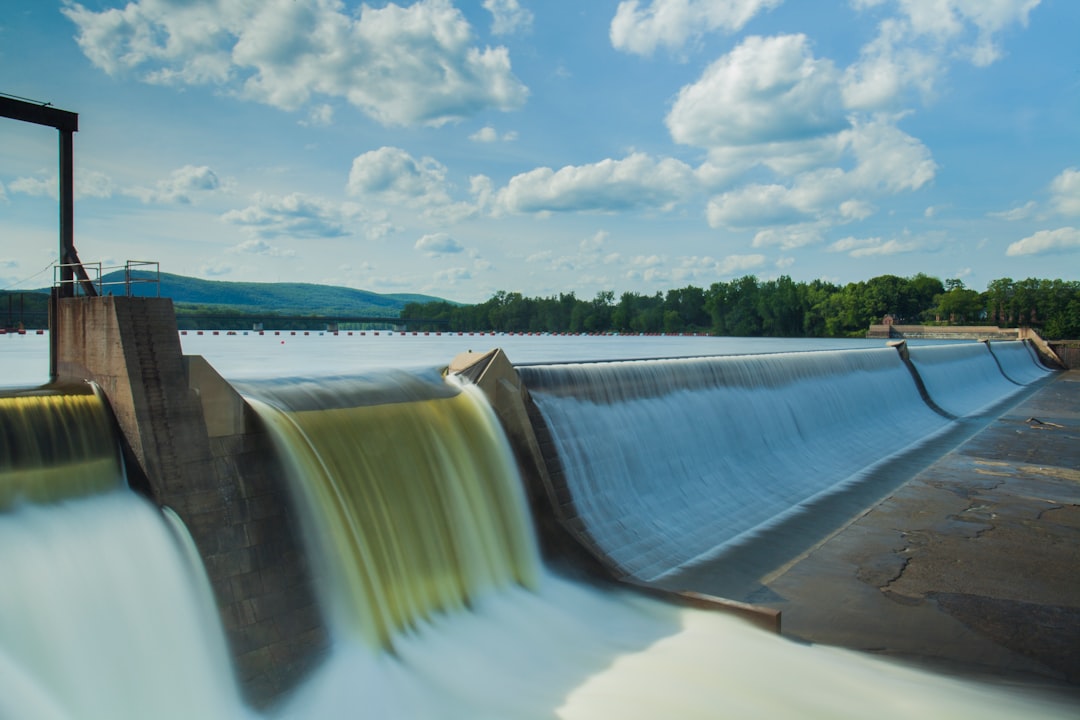What is it about?
Abstract: Irrigation is a significant human activity that affects surface water fluxes in the Tarim River Basin. To quantitatively assess the irrigation impact of this activity on surface water fluxes in the Tarim River, a land surface hydrologic model was coupled with a modified irrigation scheme and a reservoir module and applied to simulate these fluxes. Modeling results indicate that the combined effect of the irrigation process and reservoir operation is prominent in the study area, from which 70–75% of the surface water is extracted and used for irrigation. This scenario can primarily be attributed to the significant amount of water losses as a result of evaporation and the seepage of canals and aqueducts. The effective utilization coefficient of the extracted surface water is only approximately 0.40. The irrigation water withdrawals increased with the recent rapid expansion of cultivated land. Therefore, the water flowing into the main stem of the Tarim River still shows a downward trend, despite the significant increase in the total discharge of headwater basins since the 1960s.
Featured Image
Read the Original
This page is a summary of: Quantitative assessment of the impacts of irrigation on surface water fluxes in the Tarim River, China, Hydrology Research, April 2015, IWA Publishing,
DOI: 10.2166/nh.2015.215.
You can read the full text:
Contributors
The following have contributed to this page










